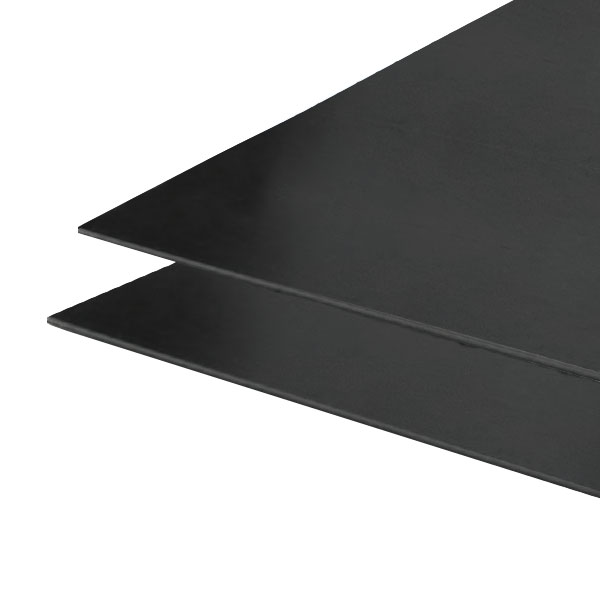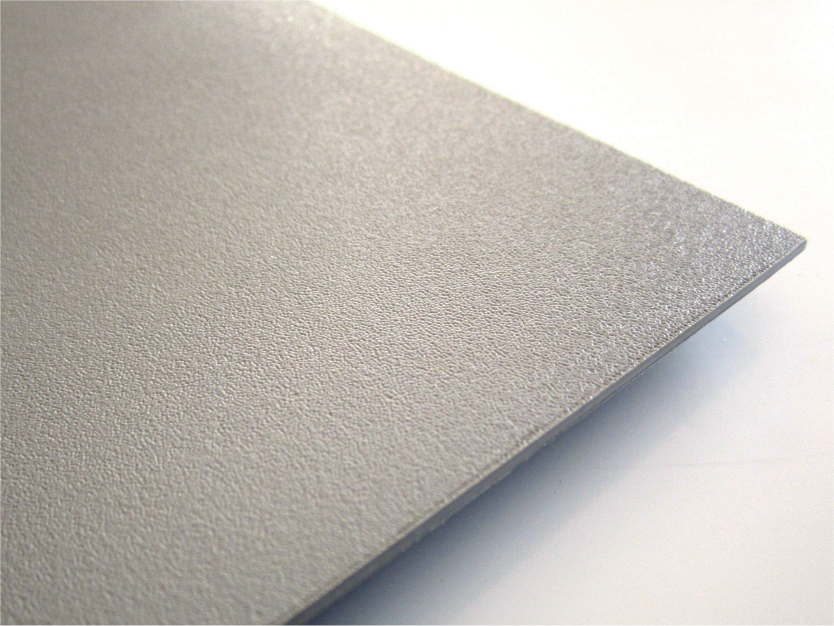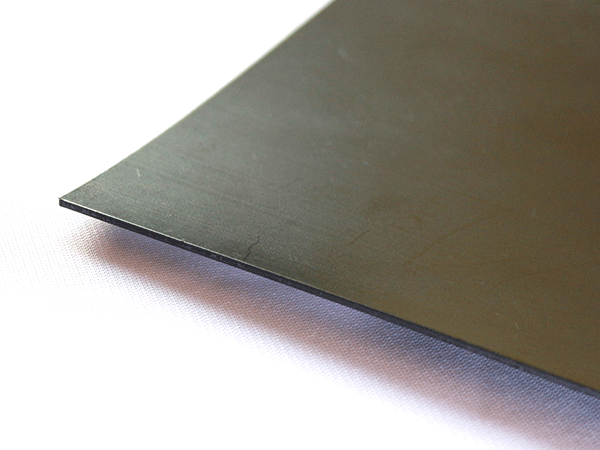WHAT ARE GEOMEMBRANES?
They can be classified by:
- Structure: Homogeneous or reinforced
- Finish: Smooth or Textured
THICKNESSES IN GEOMEMBRANES
| MILS | MM |
| 20 mils | 0.5 mm |
| 30 mils | 0.75 mm |
| 40 mils | 1.0 mm |
| 48 mils | 1.2 mm |
| 60 mils | 1.5 mm |
| 80 mils | 2.0 mm |
| 100 mils | 2.5 mm |
| 120 mils | 3.0 mm |
Who determines the minimum acceptable values in the market? GRI (Geosynthetic Research Institute)
Therefore, geomembranes are thermoplastic membranes (also known as "liners") with excellent properties, and depending on the requirements of your projects, you can find the most suitable one with an experienced specialist.
Specifications: www.geosynthetic-institute.org

PE GEOMEMBRANE
Polyethylene geomembranes are divided into:
-
HDPE (High Density Polyethylene) with a density >0.940 g/cm³
-
LLDPE (Linear Low Density Polyethylene) with a density <0.939 g/cm³ and >0.923 g/cm³
-
VLDPE (Very Low Density Polyethylene) with a density <0.923 g/cm³
Classification (by main component):
- Polyethylene (HDPE, LLDPE, VLDPE)
- Flexible Polyvinyl Chloride (F-PVC)
- Polypropylene (FPP, FPP-R)
- Chlorosulfonated Polyethylene (CSPE-R)
- Ethylene Propylene Diene Terpolymer (EPDM, EPDM-R)
Advantages of polyethylene geomembrane
- Broad Chemical Resistance
- Long Service Life
- Low Cost Greater
- Coverage per Roll Dimension
- Quality Control during Installation
Applicable specifications for polyethylene geomembranes
- GRI GM‐13 HDPE Geomembranes
- GRI GM‐17 LLDPE Geomembranes
- GRI GM‐19 Geomembrane seam
- GRI GM‐22 Exposed polyethylene geomembranes
- GRI GM‐25 Reinforced LLDPE geomembranes
.png)
FLEXIBLE POLYPROPYLENE GEOMEMBRANE (FPP)
- Produced by incorporating high levels of ethylene propylene (EPR) into semi-crystalline polypropylene (PP).
- It contains no plasticizers that could migrate from the geomembrane. It has the lowest density of any type of geomembrane, which provides easier deployment of the panels.
- It has one of the lowest water transmission rates, making FPP one of the most suitable waterproofing membranes available.
Advantages of FPP geomembrane
- Greater flexibility
- Excellent dimensional stability
- High resistance to weather and UV rays
- Does not require plasticizers
- Ideal for exposed applications
- Significant reduction in field seaming
- Can be manufactured and folded for transportation to the installation site
- Quality control during installation
- Available in NSF potable grade
Applicable specifications for FPP geomembranes
- GRI GM-18 Homogeneous and reinforced flexible polypropylene geomembranes
- GRI GM-19 Geomembrane seam

PVC GEOMEMBRANE
Manufactured based on a complex blend consisting of:
- 35% polymer
- 28 to 35% plasticizer
- 0 to 20% filler
- 5 to 10% antioxidants
- 2 to 3% other products.
To offer different characteristics, the proportion and quality of the ingredients can be adjusted to develop special formulas that match the climatic conditions and the nature of the liquids to be stored, among other parameters. Manufacturers and designers adhere to the specifications set by the Fabricated Geomembrane Institute (FGI) in specification PGI-1103.
Advantages of PVC geomembrane
- Can be cold-sealed.
- Greater flexibility.
- Requires less machinery for installation.
- Lower energy demand during installation.
- High installation yields.
- Its main advantage is the high-frequency sealing performed in the plant, allowing for the manufacturing of large panels.
- Lower installation cost.
.png)
ETHYLENE PROPYLENE DIENE TERPOLYMER GEOMEMBRANE (EPDM, EPDM-R)
It is a vulcanized rubber sheet classified as a polyolefin, mixed with carbon black, oils, vulcanizing agents, and other products. Its molecules are cross-linked to provide an elastic and chemically stable membrane, which helps resist deformation better than many other geomembrane materials.
Advantages of EPDM geomembrane
- High flexibility
- High elongation capacity
- Adaptation to extreme temperatures
- High weather resistance: UV radiation and ozone resistance
- Does not contain leachable plasticizers
- Quick and easy installation
- Panel joints are made with self-adhesive tape
Applicable specifications for EPDM geomembranes
- GRI GM‐21 EPDM Geomembranes

Chlorosulfonated Polyethylene Geomembrane (CSPE-R)
These geomembranes are generally known in the industry as Hypalon, a trademark originally developed by the creator of CSPE. The main polymer chain of CSPE is essentially the same as polyethylene, making them relatively insensitive to attacks from degrading agents such as oxygen, ozone, or UV rays. The chlorination of polyethylene reduces the polymer's ability to crystallize, and the material becomes rubbery.
Advantages of CSPE‐R geomembrane
- Dimensionally stable
- Excellent weather and UV resistance
- Thermally and chemically heat-fusible
- Available in NSF potable grade
- Resistance to a wide range of chemicals
- Maintain flexibility in freezing conditions
INTERPOLYMER ALLOY ETHLYLENE GEOMEMBRANE (EIA-R)
They have a high molecular weight and are a blend of PVC resin alloyed with Elvaloy, a flexible terpolymer containing ketone, ethylene, and ester monomers that are chemically more resistant and have less susceptibility to plasticizer migration. This enhances the geomembrane's resistance and durability.
Advantages of EIA geomembrane
- Wide spectrum of chemical resistances, including hydrocarbons.
- Can be used for primary and secondary containment of liquid hydrocarbons that may be chemically aggressive, such as crude oil, fuel oils, aviation fuels, diesel, kerosene, refinery wastes, alcohols, glycols, and many other substances.
- Suitable for use with potable water and have excellent thermal and chemical resistance, making them suitable for containing a wide range of processing liquids.
- Impressive dimensional stability, tensile strength, and puncture resistance.
Contact us and discover the solution to boost your project.
Let's work together to make your idea a reality and enhance its growth.
